Fish 2.0 workshop to shine a needed light on innovative and productive sector
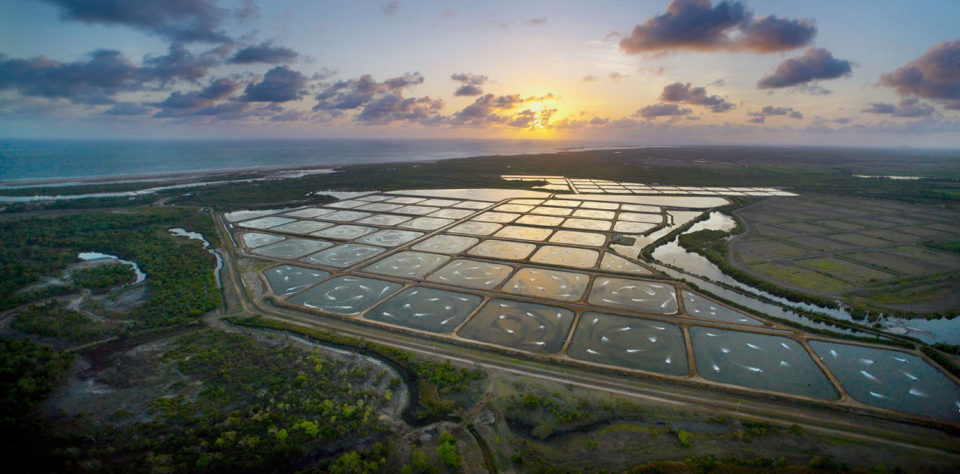
In the land Down Under, aquaculture is trending upward. Aided by efforts of industry and government, the sector – known for salmon, rock lobster and kingfish, among other species – could potentially double in value in coming years.
Yet somehow, the Australian aquaculture scene has gone relatively unnoticed in the rest of the world, despite some very successful ventures. That’s about to change.
The quality of industry players has so noticeably improved that Monica Jain, founder of seafood innovation forum and investment competition Fish 2.0, wanted to hold a workshop there that is designed for businesses looking to take the next step. The first regional Fish 2.0 workshop in Australia will be held Oct. 23 to 24 in Melbourne.
“They do a lot of production in Australia, we just don’t hear about it,” Jain told the Advocate. Fish 2.0 hopes to get the word out. A recent analysis that the group conducted put the value of Australian seafood production at AUS $3.03 billion (U.S. $2.18 billion) in 2016, up 21 percent since 2011. Of that total, 43 percent was from aquaculture products. The report noted that Australia benefits from its proximity to fast-growing Asian markets.
In a typical workshop, the goal is for 30 to 40 businesses to attend and pick up pointers on how to present before investors, like all finalists do at the global Fish 2.0 conference, held biannually in Palo Alto, Calif., USA. The organization is growing its global presence with these regional workshops, including upcoming dates in Baltimore, Md., USA, in November and elsewhere.
“We’ve had Australians participate over the last few years in Fish 2.0, and they’ve been quite successful,” said Jain.
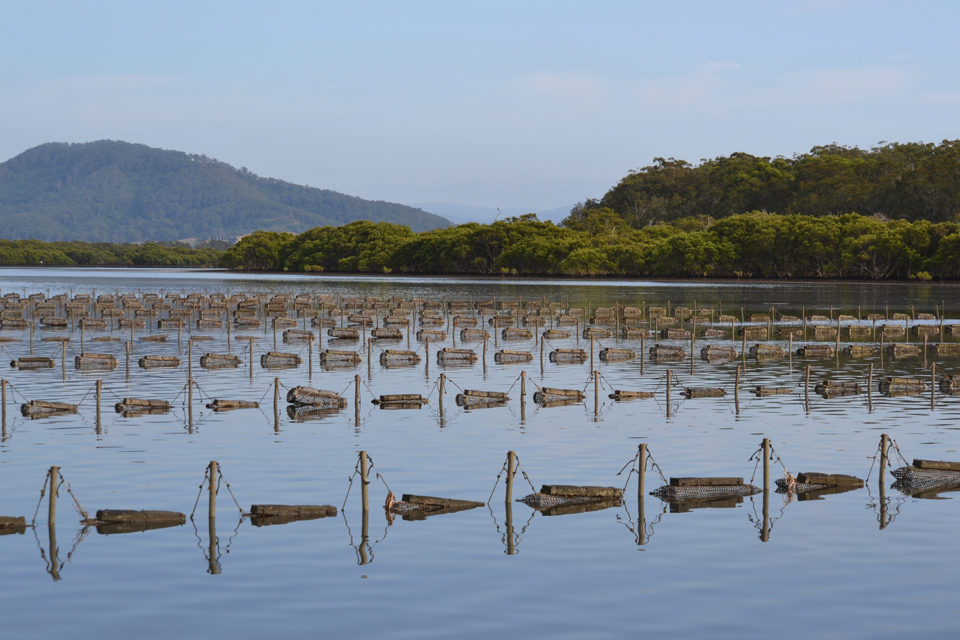
Jain reported a good response to the Australian event, with many highly qualified applications. Australia’s Fisheries Research and Development Corporation (FRDC), and independent company that sits between government and private industry, is sponsoring the event.
FRDC is funded by industry at a rate of up to 0.25 percent of gross value of production, and the Australian national government matches that sum. The money is invested in research, development and expansion across fisheries and aquaculture, with neither the seafood industry nor the government controlling the corporation, according to Peter Horvat, general manager for communications, trade and marketing for FRDC.
Horvat said FRDC paid to put on the workshop to drive innovation, bring new players into the space and prepare them to pitch to investors. Those new participants could supply technology, such as sensors, feeding mechanisms, disease control techniques and more.
New market entrants could also supply funding. Horvat said that the last five years has seen a marked uptick in activity in Australian aquaculture, with state governments allocating more access to both land and water for new ventures. A shrimp farm under development by Seafarms Group, for example, could produce up to 100,000 metric tons (MT) of black prawns, from a base of about 7,000 MT currently, said Horvat.
Such new ventures will join established ones like MainStream Aquaculture. The company operates facilities near Melbourne, drawing from a pristine geothermal water source. Mainstream produces about one-third of the world’s barramundi fingerlings there.
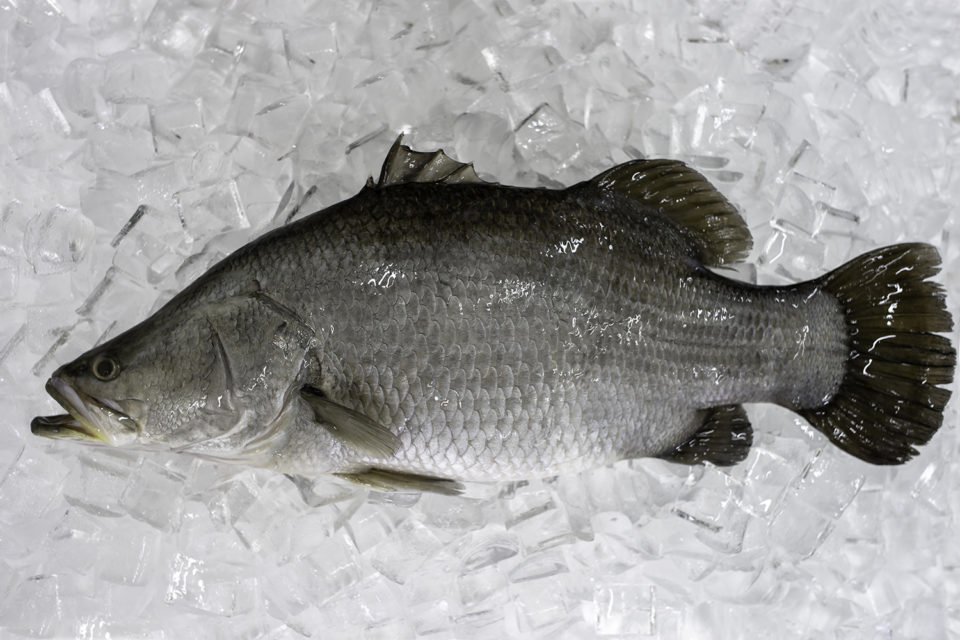
A vertically integrated producer and supplier, MainStream supports domestic growth of the barramundi industry by helping to develop the whitefish category, said Boris Musa, managing director and CEO. Internationally, the company boosts barramundi aquaculture through a reliable supply of high-quality fingerlings, thanks to what the company says is the world’s largest production facility of its kind.
According to Musa, continued innovation and improvement are vital, in part because of the competitive nature of the business.
“Aquaculture in Australia must operate at the leading edge of innovation and product quality in order to compete with lower-cost imported seafood products,” Musa said.
John Susman, owner of seafood marketing company Fishtales in Sydney, said that Australian aquaculture is in excellent shape and produces some of the best quality, sustainable and safe seafood anywhere. He noted that aquaculture has the support of the government and science agencies, with an exciting range of new and emerging species. These new innovations “increase the diversity of aquaculture species, making the Australian aquaculture scene one of the most exciting in the world,” he said.
Just as importantly, a coming-out party like Fish 2.0 could start funneling investment into the industry, something Musa said was needed.
“Concepts such as this are required in a sector that overall is undercapitalized,” he said.
Follow the Advocate on Twitter @GAA_Advocate
Now that you've reached the end of the article ...
… please consider supporting GSA’s mission to advance responsible seafood practices through education, advocacy and third-party assurances. The Advocate aims to document the evolution of responsible seafood practices and share the expansive knowledge of our vast network of contributors.
By becoming a Global Seafood Alliance member, you’re ensuring that all of the pre-competitive work we do through member benefits, resources and events can continue. Individual membership costs just $50 a year.
Not a GSA member? Join us.
Author
-

Hank Hogan
Hank Hogan is a freelance writer based in Reno, Nevada, who covers science and technology. His work has appeared in publications ranging from Boy’s Life to New Scientist.
Tagged With
Related Posts
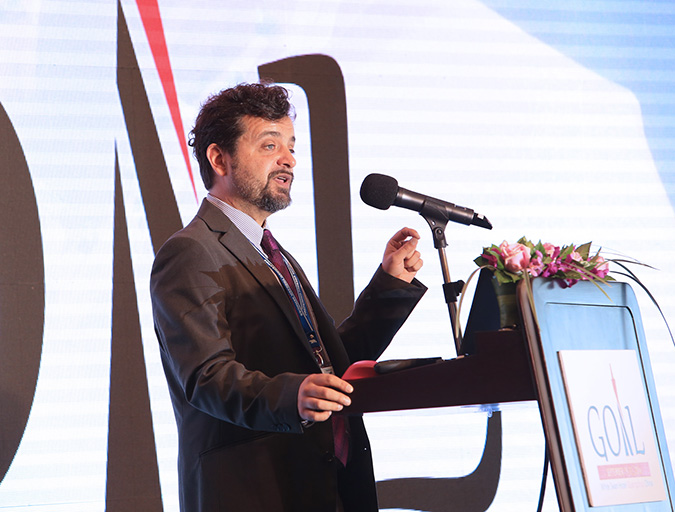
Aquafeeds
Aquaculture Exchange: Giovanni Turchini, Deakin University, part 1
One of the world’s leading fish nutrition experts talks about how aquaculture can learn to survive, and even thrive without depending on fishmeal and fish oil. It’ll take a lot of innovation, but Giovanni Turchini is confident that the industry is on the right path.
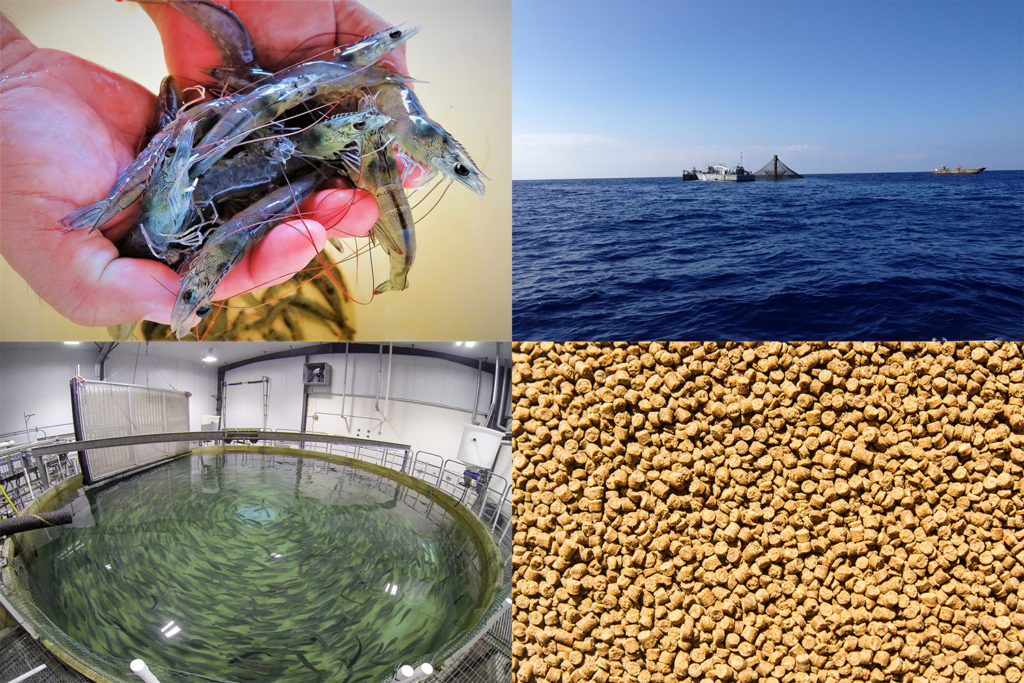
Innovation & Investment
Aquaculture is winning, Rabobank analyst explains
Aquaculture is the “winning protein,” according to a new Rabobank report that its author, Gorjan Nikolik, said is intended to draw the bank’s agro-industry clients to opportunities in the fish farming business.
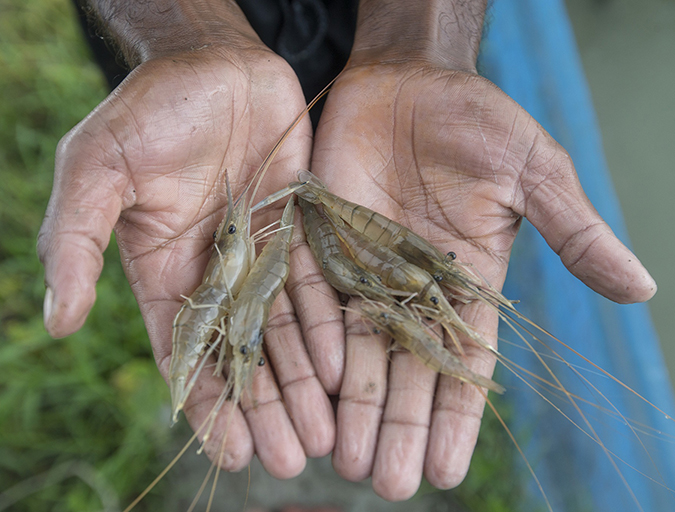
Innovation & Investment
Australia incentivizing innovation in aquaculture
A government-funded $3 million (AUS) project by innovationXchange, WWF and others seeks transformative solutions from entrepreneurs for small-scale producers in the Indo-Pacific region. The competition’s three challenges include fresh thinking on feed, “new ocean products” and sustainable design.
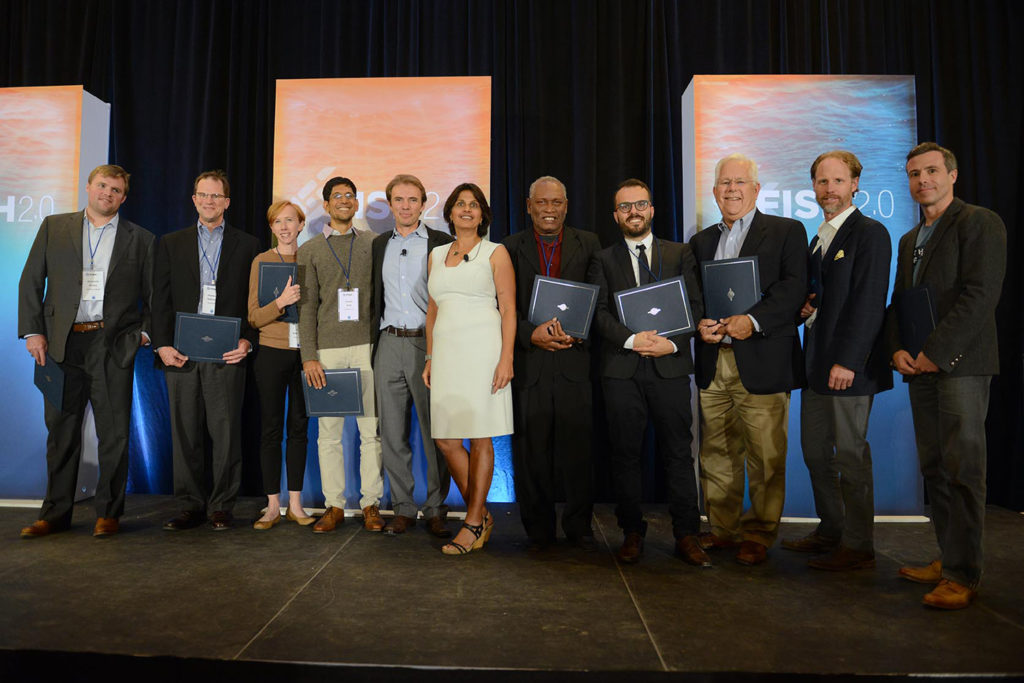
Innovation & Investment
Aquaculture innovators come out of their shells at Fish 2.0
Biannual conference/competition showcased 40 new seafood businesses, or related services, from around the world. Winners were chosen on the strength of the opportunity, meaningful impact and compelling leadership and presentation.


